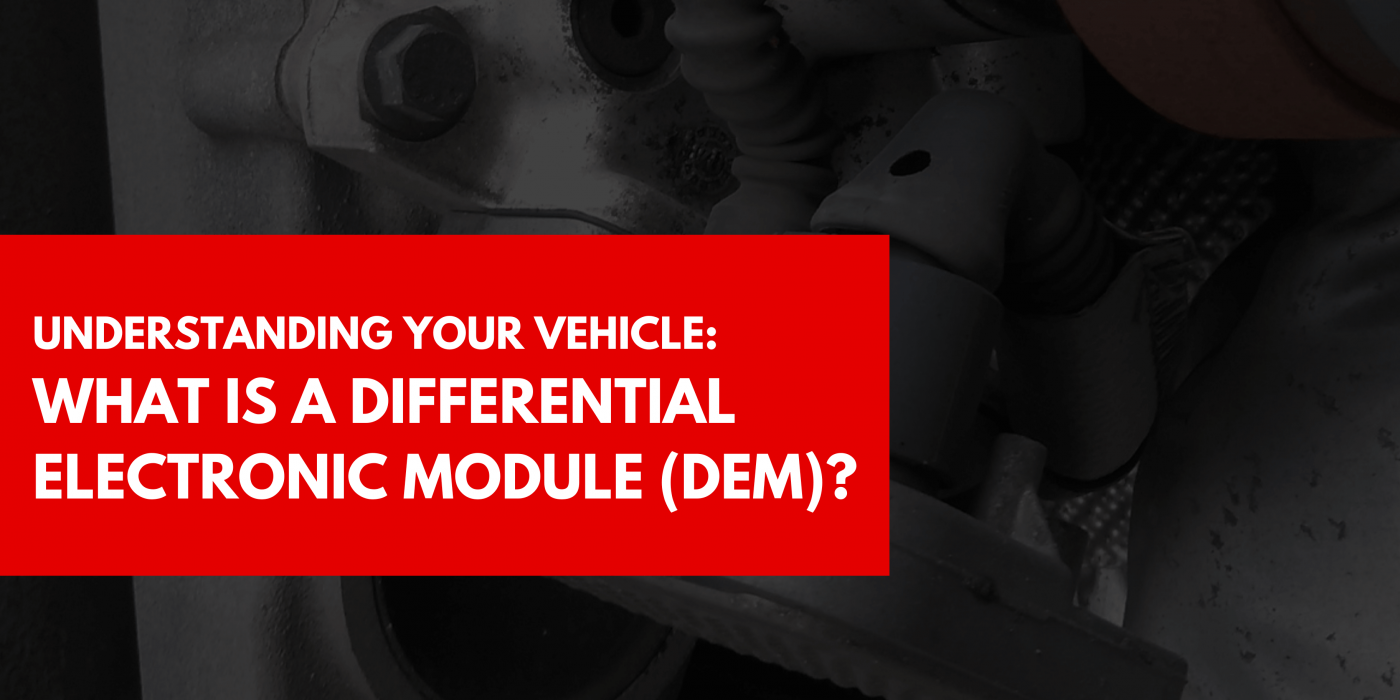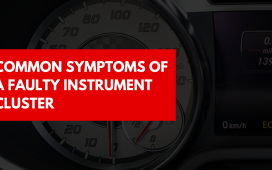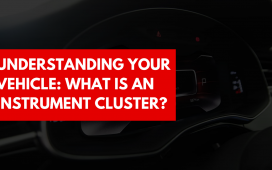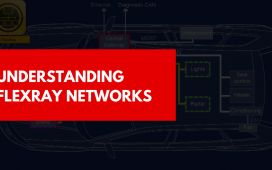This is part of our series of blog posts designed to help customers understand their vehicle better. Please keep in mind these are general descriptions of how these modules function. There are differences in many years and models, but generally the principles remain the same.
What is a Differential Electronic Module (DEM) and Why Is It Important?
Modern vehicles are packed with technology that helps them drive better, safer, and more efficiently. One of these important components, especially in all-wheel-drive (AWD) and four-wheel-drive (4WD) systems, is the Differential Electronic Module, or DEM.
But what exactly is a DEM, and why does your vehicle need one? Let’s break it down.
What is a DEM?
The Differential Electronic Module (DEM) is a small electronic control unit that manages the rear differential in AWD or 4WD vehicles. The differential is the part of the drivetrain that allows the wheels on the same axle to rotate at different speeds, which is especially important when turning or driving over uneven surfaces.
In a traditional vehicle, the differential operates mechanically. But in modern AWD vehicles, where power needs to be distributed between the front and rear wheels depending on road conditions, the DEM plays a key role. It electronically controls how much torque (power) is sent to the rear wheels to maintain traction, stability, and smooth driving.
Why Is a DEM Needed?
In simple terms, the DEM helps your vehicle make smarter decisions about traction. Imagine you’re driving on a snowy road or turning sharply on dry pavement:
- On snow, one set of wheels might start slipping. The DEM can sense this and tell the system to send more power to the other wheels that still have grip.
- During a turn, the inside wheels move slower than the outside wheels. The DEM helps manage this difference smoothly to avoid jerky handling or wheel hop.
Without the DEM, your AWD system wouldn’t work as effectively. It would be slower to respond, or might not respond at all, when road conditions change.
How Does a DEM Work?
The DEM works by constantly receiving signals from various sensors in the vehicle. Based on this information, the DEM sends signals to an electronic clutch or hydraulic pump in the differential that adjusts how much power goes to each axle. This happens in real time—hundreds of times per second—so you get optimal performance, whether you’re cruising on the highway or climbing a slippery hill.
Final Thoughts
The Differential Electronic Module may not be a part you hear about every day, but it’s a key player in your vehicle’s ability to stay stable and responsive—especially in tough road conditions. By managing power to the wheels intelligently, the DEM ensures your car handles well and keeps you safe on the road.
If you suspect a problem with your DEM, it’s best to get it diagnosed early. In many cases, these modules can be repaired or replaced, restoring full functionality to your AWD system.
Visit www.xemodex.com to check out our products and services.









